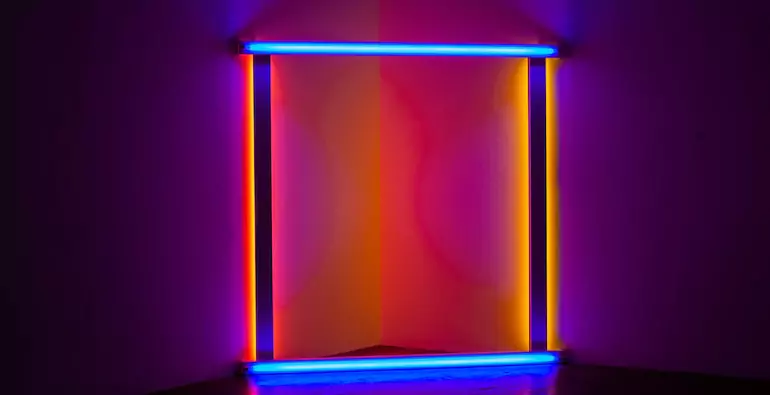Art has long been recognized as a powerful medium of self-expression, but its impact goes far beyond mere aesthetics. The act of creating and engaging with art has the unique ability to unleash creativity and transform individuals, communities, and even societies. In this article, we delve into the profound ways in which art unlocks our creative potential, fosters personal growth, and promotes positive change.
Creativity is a fundamental aspect of being human. It is the driving force behind innovation, problem-solving, and self-discovery. Art serves as a conduit for this creative energy, providing an outlet for imagination, emotion, and personal expression. Whether through painting, sculpture, music, dance, or any other artistic form, individuals can tap into their innate creativity and channel their thoughts, feelings, and ideas into tangible manifestations.
Engaging with art offers a unique space for exploration and experimentation. It encourages us to think outside the box, challenge established norms, and embrace new perspectives. Art pushes boundaries, breaks down barriers, and invites us to see the world through different lenses. It prompts us to question, reflect, and reimagine, opening up endless possibilities for personal growth and transformation.
Art also has the incredible power to heal and provide solace. For many, the act of creating art is a cathartic process, allowing them to release emotions, find comfort, and gain a sense of control over their experiences. Art therapy has been widely recognized as an effective form of psychological support, helping individuals cope with trauma, anxiety, and various mental health challenges. Through artistic expression, individuals can explore their inner worlds, gain insights, and embark on a journey of self-discovery and healing.
Moreover, art has the potential to ignite social change and foster community engagement. It has the ability to bring people together, transcending cultural, linguistic, and societal barriers. Art can serve as a catalyst for conversations on important issues, encouraging dialogue, empathy, and understanding. It sheds light on social injustices, challenges preconceived notions, and amplifies marginalized voices. By addressing social and political issues through art, artists become catalysts for change, inspiring individuals and communities to take action and work towards a more just and inclusive world.
Art has also played a pivotal role in preserving history and shaping collective memory. Throughout the ages, art has documented significant events, cultural movements, and the lives of people. It serves as a visual record of our past, allowing us to connect with our roots, learn from history, and understand our shared heritage. Artifacts, paintings, and sculptures serve as windows into different time periods, giving us glimpses of the past and shaping our collective narrative.
In today’s rapidly changing world, art continues to evolve and adapt, embracing new technologies and pushing the boundaries of creative expression. Digital art, virtual reality, and interactive installations have opened up exciting new avenues for artistic exploration. Artists are harnessing the power of technology to create immersive experiences, blur the lines between art and audience, and engage viewers in unprecedented ways.
Wrapping Up
Art is a force of transformation that has the power to change lives, shift perspectives, and shape the world around us. Through creative expression, we tap into our inherent human potential, unleash our imaginations, and embark on a journey of self-discovery and growth. Art heals, inspires, and connects us, transcending boundaries and inviting us to envision a better future. So let us embrace the transformative power of art, celebrate our creative spirits, and unlock the boundless possibilities that lie within each and every one of us.

